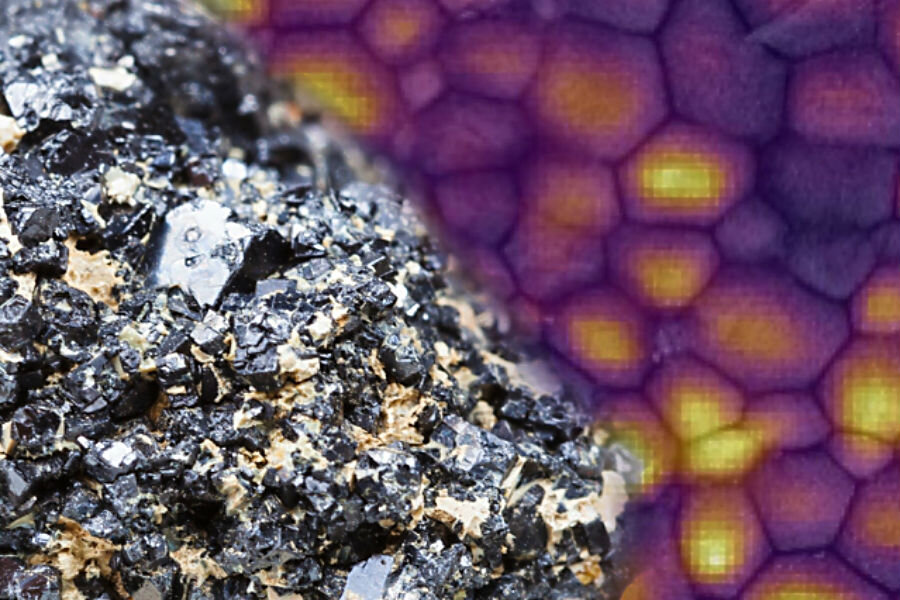How intense light can 'heal' defective solar cells
Researchers at the Massachusetts Institute of Technology (MIT) say they have found a way to improve the performance of compounds used in technologies including solar cells, using only light to alter the crystalline material.
The MIT team published their findings in Nature Communications, explaining how perovskite-based films can be improved through heavy illumination.
“[W]hat we’re finding is that there are some defects that can be healed under light,” MIT researcher and study co-author Sam Stranks said according to MIT News.
Perovskites are crystalline materials with atomic structures similar to the mineral perovskite, which, in addition to their potential in solar energy, have also been put to use in other scientific fields, including the development of lasers, LED, and other technologies. Their use in the process of solar cell creation involves halide-based variations of perovskites, which have proven to be very efficient in converting light energy.
Despite the promise of that type of perovskite, its practical usage has seen spotty results so far. After being developed into a film for solar cells, the material can be volatile and frequently defective due to tiny “traps” in the perovskite crystal structure where electrons join with atoms before their movement can be culled for power.
The findings of the MIT scientists showed that, in a perovskite film, certain ions – atoms with electrons removed – could be pushed out of the material’s trap areas under intense light, reducing the problem zones’ densities.
“This is the first time this has been shown, where just under illumination, where no [electric or magnetic] field has been applied, we see this ion migration that helps to clean the film. It reduces the defect density,” Dr. Stranks said in the MIT release.
The researchers’ ion migration discovery could enable perovskite films to be more widely used and repaired, with Stranks saying that “the ultimate aim is to make defect-free films.” The "photo-induced cleaning" method, as the research team dubs it, is also beneficial for systems using perovskite films, as no physical contact or alterations are needed to make repairs to damaged material. The only drawback is that the process is not permanent, or even long-lasting enough for the present commercial viability of the film.
“[T]he challenge now is to maintain the effect,” according to Stranks, who said some perovskites are already “looking to be commercialized by next year.”
The researchers still have more work to do before impacting the solar cells’ operations in a major way or better discerning the relationships between charges and traps in the crystalline material, but the finding illuminates one interesting way for scientists to go about fixing the perovskite performance problem.
“This research does not make solar cells better, but it does greatly increase our understanding of how these complex materials function in solar cells,” Stanford University professor Michael McGehee, unaffiliated with the new study, told MIT News. Dr. McGehee was previously involved with a joint MIT and Stanford study which developed “tandem” solar cells with increased energy capture efficiency.







